This article is authored by Cao Liangliang, the editor of “C Programming Language: A Modern Approach (2nd Edition, Revised)” exercise answers, who works at the College of Educational Technology, Beijing Normal University. He holds a Ph.D. in Science and is a senior engineer, engaged in teaching C/C++ and Java programming languages to undergraduates at Beijing Normal University for a long time.
In a digital society, learning and understanding a programming language is not only a key focus of computer software design and development but also a foundation for a deeper understanding of computers and the digital society.

Question 1:
Why Choose C Language?
How to learn a programming language more effectively is a perplexing question for many learners in the field of computer science.
There are many reasons for this confusion. Firstly, information technology and its related fields have developed extraordinarily rapidly in recent decades, with various new concepts and theories emerging, and the speed of knowledge updating and iteration has become even faster.
In this context of continuously evolving computer knowledge, every beginner inevitably worries whether the knowledge they have invested huge amounts of time and energy in learning will quickly become “outdated” and fall behind the trends.
Many times, beginners hope to predict where the next trend will be so that they can invest their time and energy more efficiently and prepare for takeoff in advance.
In this case, many beginners continuously consult online or seek advice from experienced seniors or refer to programming language rankings like TIOBE to choose some of the most used or popular programming languages.
However, the speed of development in information technology today far exceeds that of any historical stage. If one keeps adjusting their learning content and direction based on external advice to cater to the development and changes in the information technology industry, it is unreliable. For most beginners, this may lead to a shallow understanding of many topics and far from achieving proficiency and mastery.
For currently popular programming languages, each of which ranks high on the TIOBE ranking, is excellent and worth learning earnestly. If one can truly master one of them, it will greatly benefit future work and studies.
As a beginner, if there is no clear plan and direction for their future career, then choosing C language as the main learning object is a very good choice.
C language, as a “vintage” programming language that has been around for nearly 70 years, does not possess many features and functionalities of newer programming languages by today’s standards. So why should we still learn it?
C language, with its long history, has advantages in syntax and functionality that we will not elaborate on here. Just from its history and application scope, we can feel its importance.
Alternatively, if we think about it differently, as a “vintage” programming language, many languages that emerged during its time have long disappeared, yet C language still ranks among the top in TIOBE. This clearly indicates its significant status and meaning.
From the perspective of computer science course organization, C language has better learning transferability, meaning that once you master C language, you can learn other programming languages more quickly.

Question 2:
Learning C Language from Scratch
C language has continuously absorbed and accumulated numerous advantages and characteristics throughout its nearly 50 years of development since its inception, such as flexible syntax, concise and efficient structure, and closer proximity to system-level operations.
Unfortunately, for beginners learning C language, these advantages also happen to be numerous difficulties in the learning process. Many beginners start their C language studies with great confidence, but after briefly learning some basic syntax knowledge, they find themselves stuck on the overly flexible syntax structure, basic concepts of arrays and pointers, and cannot proceed to deeper learning. Many beginners even jokingly call learning C language a “from entry to abandonment” process. Thus, how to address these learning difficulties is a significant issue in learning C language.
After years of teaching C language to non-computer science students, I have summarized relevant experiences and suggest that beginners pay attention to the following three issues when learning C language.
-
Understanding Basic Knowledge and Concepts; -
Transforming Concepts and Knowledge Points into Programming Operations; -
Developing the Habit of Analyzing and Solving Problems Using C Language through Continuous Practice.
To achieve this transformation in programming thinking, it is necessary to combine the basic concepts and theories of C language with programming operations and continuously practice to cultivate one’s thinking habits.

Question 3:
Using a Good Textbook to Learn C Language Basics
Beginners need a reference book with a well-structured content arrangement and rich, detailed examples. Currently, there is a wealth of learning resources on the internet, including various textual materials, audio and video learning resources, etc., leading many learners to believe they can achieve C language learning through online searches.
However, through years of teaching experience, it has been found that fragmented learning content obtained through online searches does not effectively aid learning. This is because much of the content online is not systematic and comprehensive, and the language used may lack consistency, affecting beginners’ understanding of the basic concepts of C language. On the other hand, fragmented knowledge points and example codes have not been systematically organized and designed, making it impossible to learn systematically and progressively like traditional textbooks designed through standard curriculum.
Therefore, preparing a comprehensive reference book can not only provide a complete learning of all knowledge of C language but also serve as a tool book or reference manual for quick consultation.
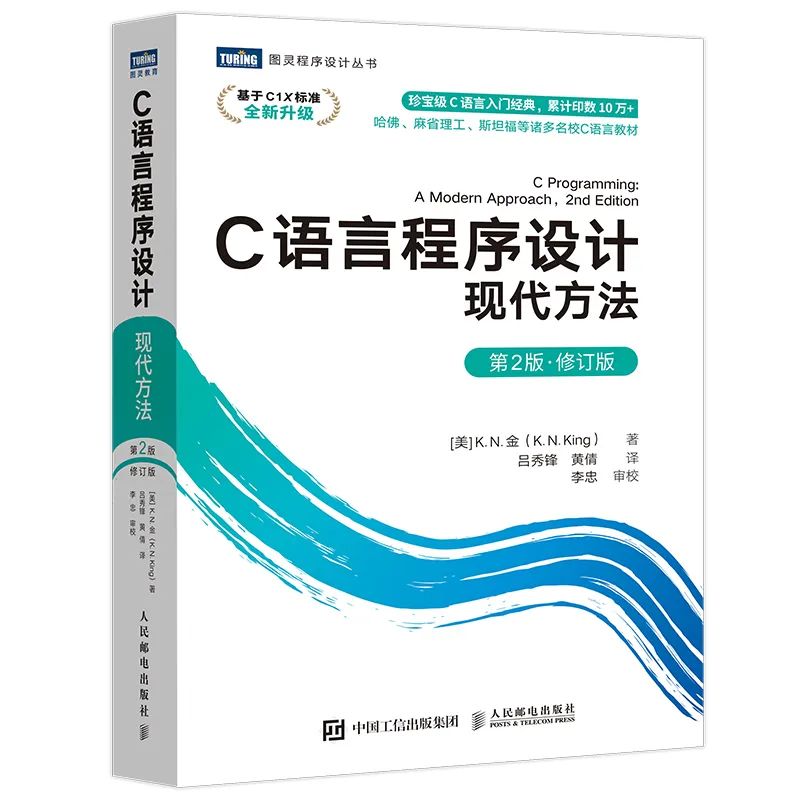
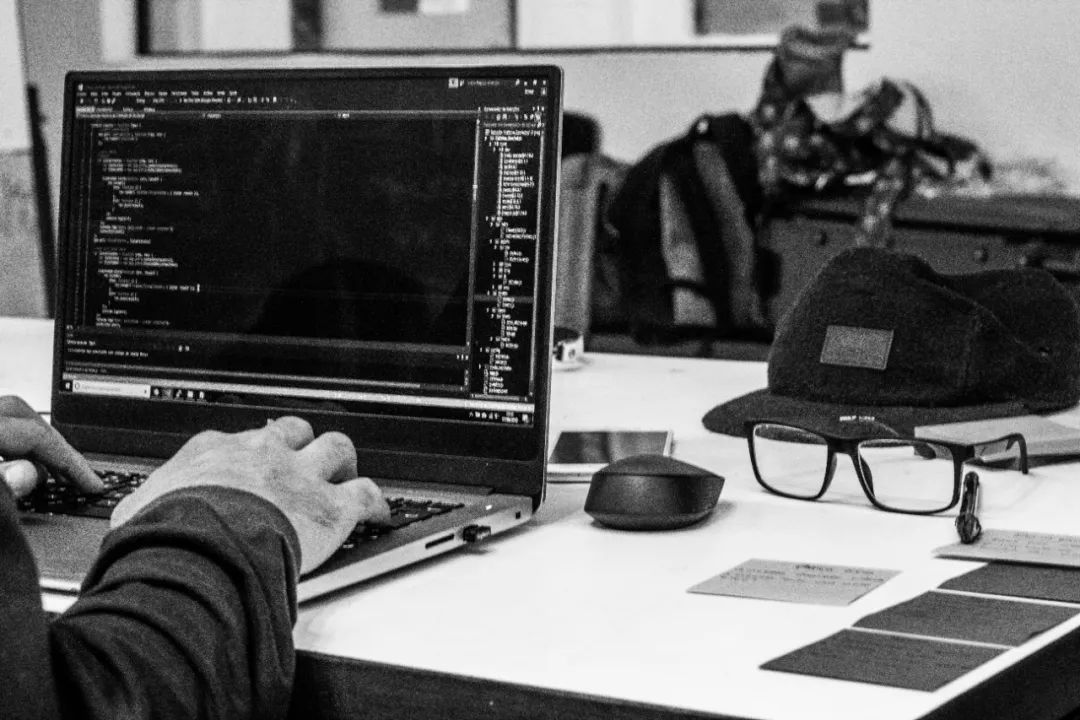
Question 4:
Deepening Understanding of C Language through Programming Exercises
In learning C language, it is essential to correctly understand the relationship between conceptual understanding and the actual application of program design.
Firstly, C language, as a field that emphasizes practical operations and applications, not only requires learners to master complex syntax rules but also requires them to flexibly apply these rules in practical program design.
Due to the flexible syntax of C language and the abundance of related concepts and knowledge points, many beginners tend to focus excessively on knowledge points and syntax rules, neglecting practical applications and operational practice. For example, many students can remember the priority and associativity of operators, but in actual applications and programming, they fail to use these rules correctly.
Common mistakes among beginners during practical exercises include confusion between Chinese and English punctuation, mismatched parentheses, expression evaluation, type conversion, etc. For instance, mixing up the assignment operator (=) with the equality comparison operator (==); confusing mathematical expressions with C language expressions, writing erroneous expressions like 2X^2 (i.e., 2*X*X).
For beginners, while understanding and mastering the knowledge points and basic concepts in C language is undoubtedly important, greater emphasis should be placed on understanding and mastering the foundational knowledge of C language through practical applications. The learning process needs to combine programming exercises with textbook knowledge points, familiarizing and mastering various knowledge points through programming rather than merely memorizing the textbook.
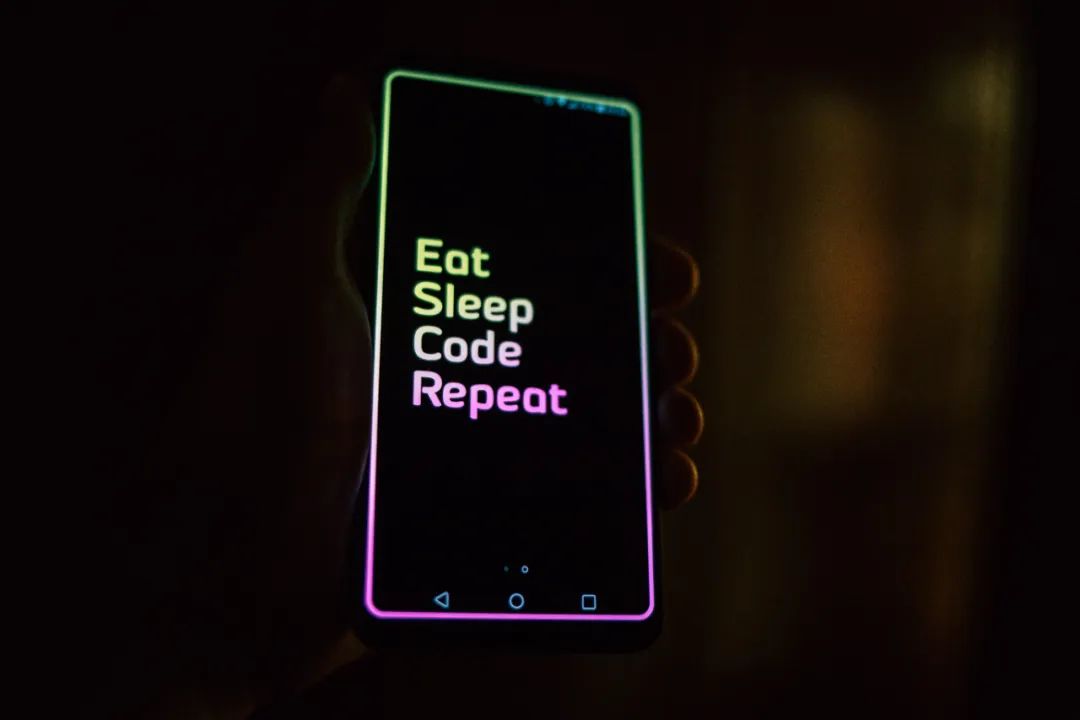
Question 5:
Developing C Language Thinking through Practice
The final question is, when we start learning C language according to “C Programming Language: A Modern Approach (2nd Edition, Revised)”, how can we utilize the exercises more effectively?
When learners have mastered the basic knowledge, facing specific program design problems is the time to test how to convert the learned concepts into problem-solving abilities.
The biggest issue beginners encounter in teaching is not knowing how to translate language problems into C language problems. This can also be seen as a simple program modeling problem, where learners need to adapt and become accustomed to using C language’s basic methods for analyzing and solving problems.
Once we have the ability to analyze and solve problems using the syntax and logical framework of C language, we can truly master a programming language.
In the teaching process of C language, we find that many beginners often use the internet for exercise solutions.
Relying on online searches to answer questions does not effectively help us learn C language because many times, the answers found online only provide simple solutions without offering critical steps for problem analysis and resolution.
For beginners, the main goal of programming practice is to understand the knowledge points of C language and master its basic rules through coding. Therefore, a simple and clear C language program and syntax expression is more needed. However, experienced programmers on the internet might provide more concise and efficient technical answers, which may hinder beginners’ understanding of C language.
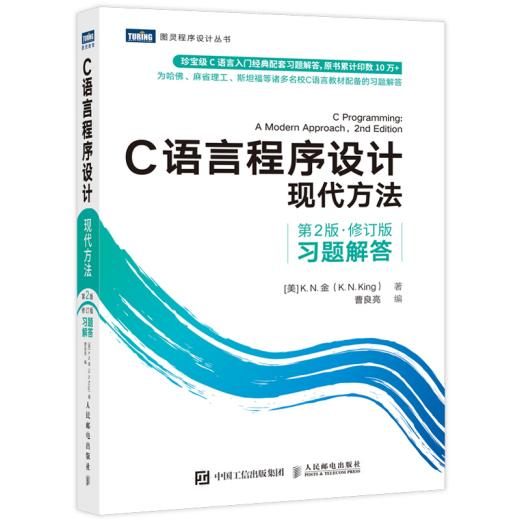
We believe that through everyone’s efforts, with the help of “C Programming Language: A Modern Approach (2nd Edition, Revised)” and its accompanying exercise solutions, every C language enthusiast will achieve mastery from “beginner to proficiency” concerning C language.
Get the same exercise solutions ☟☟
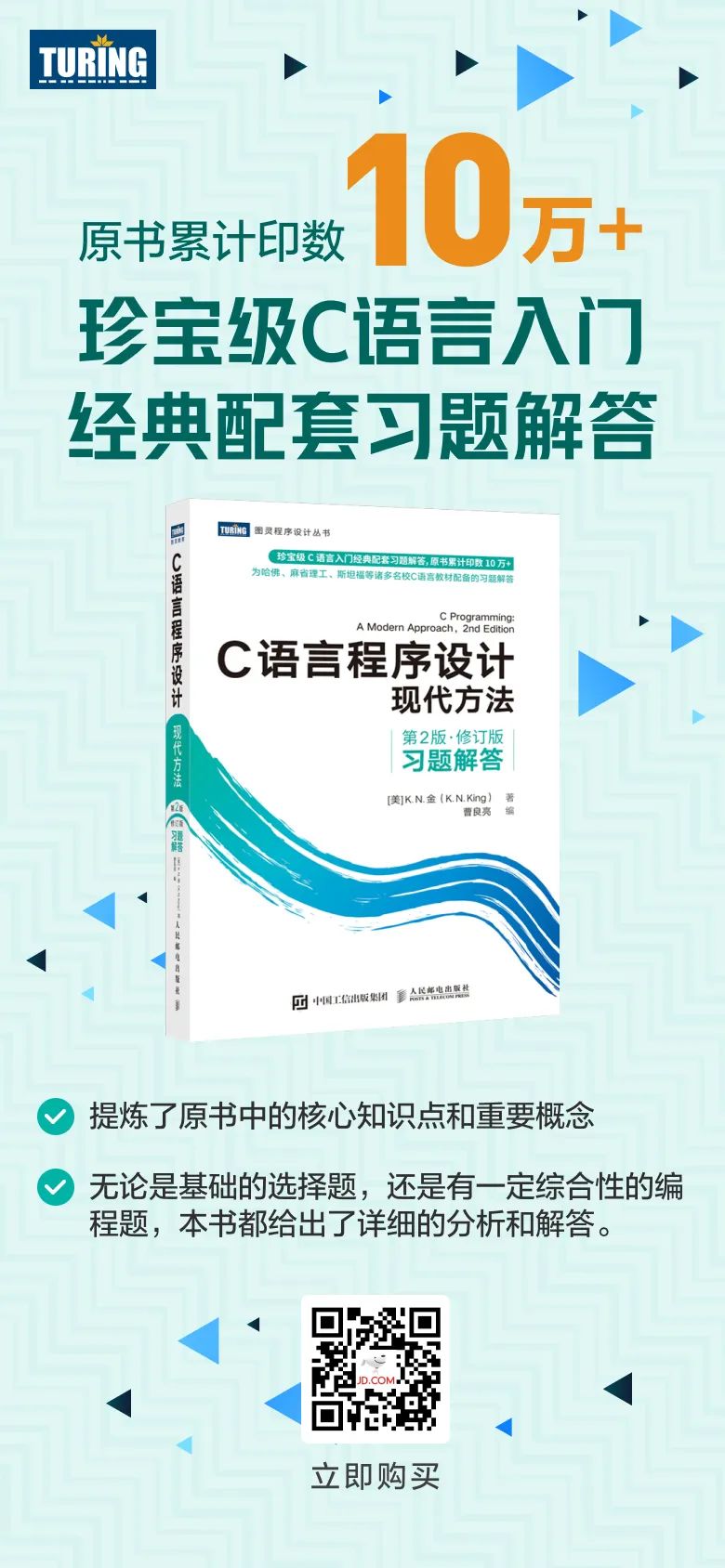
☟☟ Click to purchase “C Programming Language: A Modern Approach (2nd Edition, Revised)”